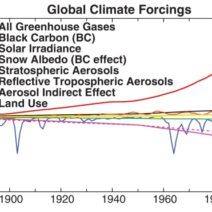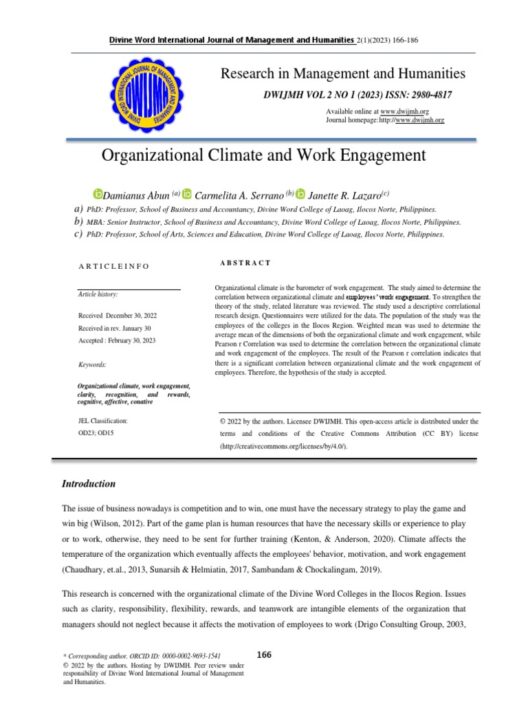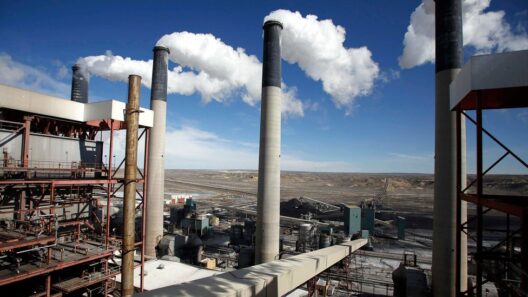Heatwaves have become an increasingly common phenomenon in recent years, raising profound concerns regarding public health and well-being. While many view these events as mere discomforts or seasonal nuisances, the deeper ramifications of extreme temperature spikes merit rigorous examination. The nexus between rising global temperatures and their insidious effects on human health is a multifaceted issue, necessitating a thorough exploration of how a warming planet threatens our physiological stability.
To comprehend the broader implications of heatwaves, it is essential to recognize that these meteorological extremes serve as harbingers of climate change. They are symptomatic of a planet undergoing significant transformations, with human activities such as fossil fuel combustion, deforestation, and industrial processes acting as primary catalysts. This alteration of our environment is not merely a future concern—it is occurring in real time.
The biological responses to heat exposure are particularly telling. Prolonged encounters with high temperatures precipitate a host of physiological reactions, prominently featuring heat-related illnesses ranging from heat cramps and heat exhaustion to heatstroke. The human body, equipped with a finely-tuned thermoregulation system, struggles to cope as ambient internal temperatures soar. Vulnerable populations—such as the elderly, individuals with pre-existing health conditions, and those who lack access to adequate cooling resources—are at significantly elevated risk.
Moreover, the socio-economic disparities inherent in many communities exacerbate the health threats posed by heatwaves. Access to air conditioning, reliable public transportation, and financial stability are often decisive factors in one’s ability to navigate these extreme conditions. Those marginalized by poverty frequently inhabit urban environments characterized by heat islands—areas where concrete and asphalt absorb and retain heat more efficiently than natural landscapes. Consequently, these individuals face compounded risks during periods of extreme temperatures.
Notably, the mental health ramifications of heatwaves also warrant attention. Studies have demonstrated correlations between elevated temperatures and increased incidences of anxiety and depressive disorders. The discomfort and distress induced by extreme heat can contribute to a deterioration of mental health, effectively creating a vicious cycle. The physiological impacts of heat on the body can trigger stress responses, intensifying pre-existing mental health conditions or even leading to the emergence of new ones.
Yet, the health impacts of elevated temperatures extend beyond immediate reactions to heat exposure. There is growing evidence linking sustained high temperatures to chronic health conditions. Research indicates that prolonged exposure to extreme heat can exacerbate cardiovascular diseases, respiratory issues, and kidney problems. The mechanisms behind these associations are complex but highlight the fragile interplay between climate and health. As the planet continues to warm, the exacerbation of such chronic conditions will inevitably impose a heavier burden on healthcare systems already strained by other pressing challenges.
Furthermore, heatwaves can disrupt essential services, placing additional strains on healthcare and emergency response systems. Overwhelmed by the urgent influx of patients suffering from heat-related ailments, hospitals may struggle to deliver timely and effective care. The ripple effect of these disruptions can create a cascade of severity, impacting treatment timelines and overall patient outcomes.
In the context of infectious diseases, the warming climate may foster an environment conducive to the spread of pathogens. As temperatures rise, vectors such as mosquitoes and ticks may flourish in previously temperate zones, extending the reach of diseases like West Nile virus, Lyme disease, and malaria. Public health officials must remain vigilant, as the interplay of climate change and infectious disease poses a dual threat to community health.
Legislative measures aimed at mitigating the effects of climate change are imperative to address these health challenges. Initiatives aimed at reducing greenhouse gas emissions, enhancing urban resilience, and increasing access to cooling technologies are essential steps toward safeguarding public health. Implementing heat action plans, which include community education, outreach programs, and emergency response protocols, can help mitigate the adverse effects of heatwaves and protect vulnerable populations.
Education and awareness also play crucial roles in combating the health impacts of rising temperatures. Informing communities about the risks associated with heat exposure and promoting preventative measures are vital components of public health strategies. Encouraging behaviors such as staying hydrated, avoiding outdoor activities during peak heat hours, and utilizing available community resources can empower individuals to take proactive steps to protect their health.
In conclusion, the repercussions of heatwaves extend far beyond mere discomfort. The intricate relationship between a warming planet and human health is a critical issue that demands immediate attention and action. Recognizing the multifaceted nature of these challenges, from mortality risks to mental health implications and the exacerbation of chronic conditions, is essential for fostering resilient communities. As the climate crisis accelerates, the call for comprehensive policy intervention, community engagement, and public awareness cannot be overstated. Addressing the unseen threat of a warming planet is not just an environmental imperative; it is a moral obligation to safeguard the health and well-being of current and future generations.








